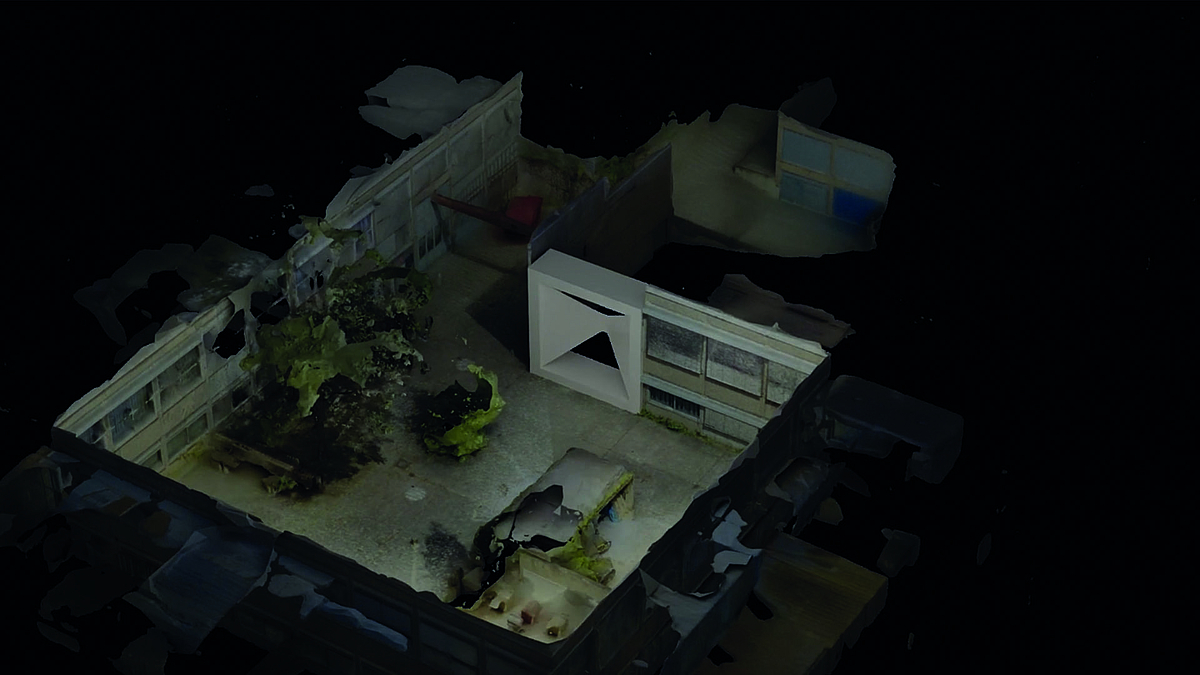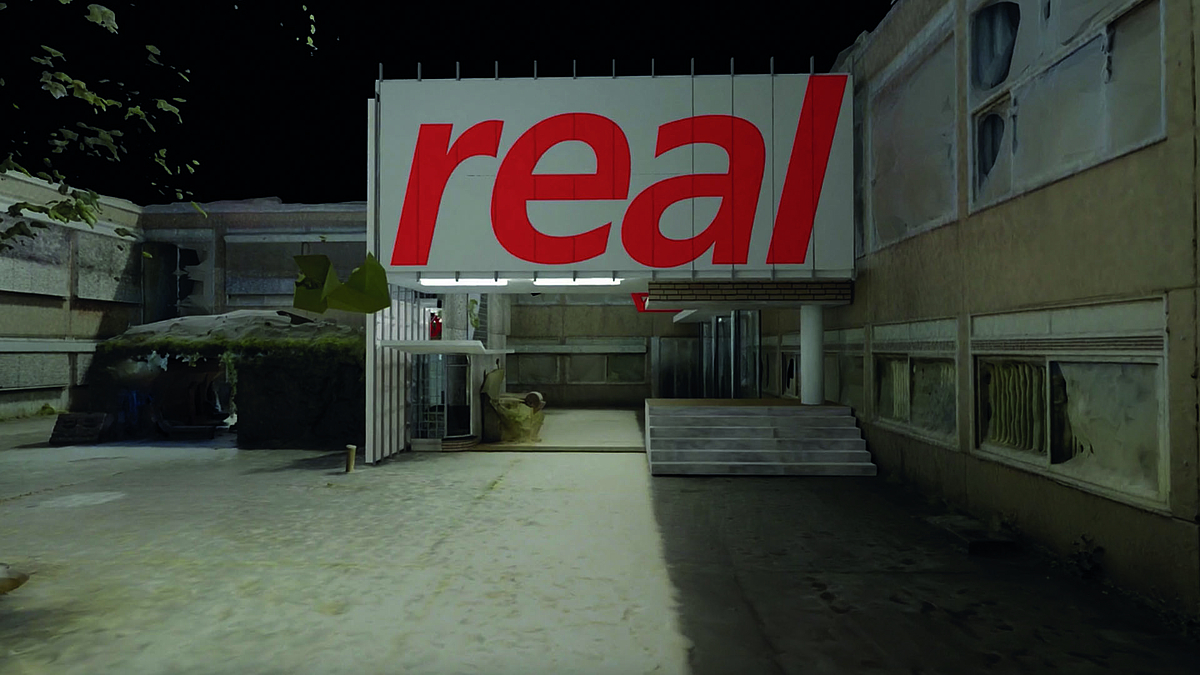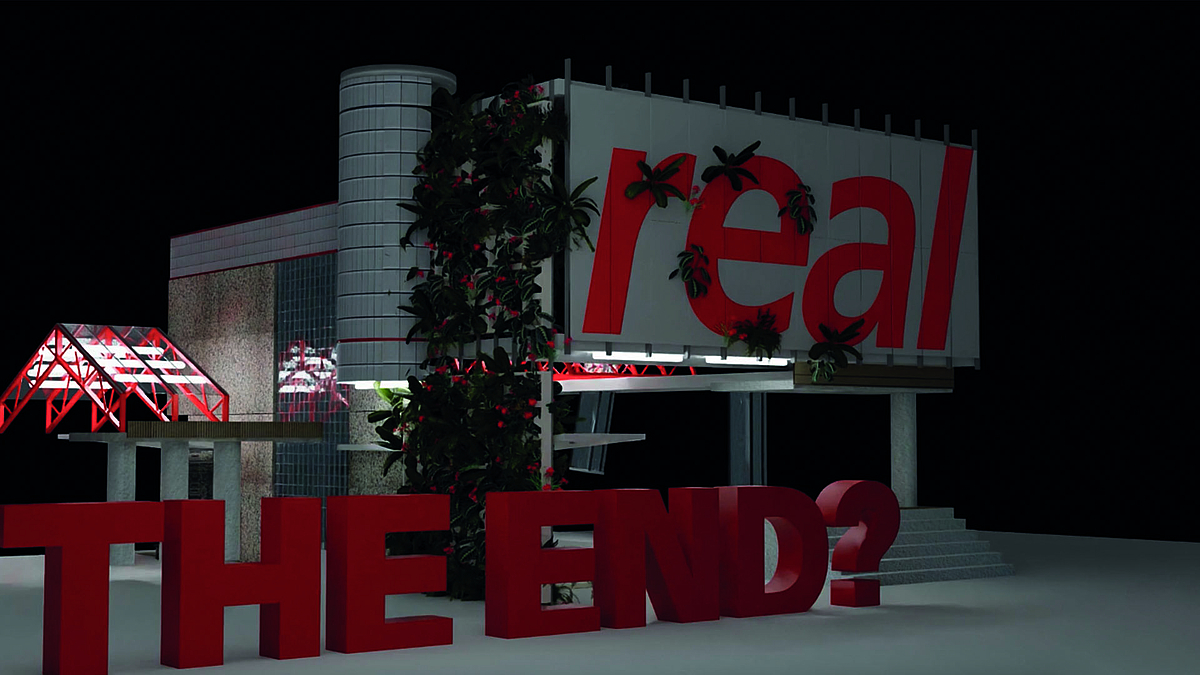Im Rahmen des Rearrange Form Themas die Bedeutung und Geschichte von bestehenden Bauteilen erfassen.
Projekt
In the course of my architecture studies and the projects that I worked on over the semesters, I came along heaps of existing buildings from different architectural phases. They often represented a starting point for planning tasks because the buildings didn’t work the way the used to, thus demanding a new solution. Sometimes these structures were demolished, mostly they were included into the draft in some way, setting an analysis of the existing as a basis for understanding and reasonable transformation.
Over the years, I guess one of my most important learnings was the realization, that architecture is a mirror of its time. Buildings as well as their components of sometimes specific use are always to be seen within their temporal context. This can lead to problems, when times and connected values change. And a change in values to the contrary, from one generation to the following one, is not uncommon. Architecture may be less understood by the present general public because of generation gaps. Some components are loosing characteristic features, which can create an impact on the building as a whole.
The so-called „Hortenkachel“ for instance, has been developed as facade element for department stores - generating identification on the outside and complete introversion for the inside whilst overall representing a post war period of economic growth and rising optimism. Within a few decades these characteristics that once represented „the latest shit“ were overrun, as they didn’t fit present values anymore.
Context became history, society and people’s needs changed but the architectural relics remained. How should we deal with such buildings and components? Should we leave them the way they are, representing their generation in the archive of the city? What if they are not serving an active use in the present? Is it reprehensible to intervene if architecture decays, as a contemporary translation is always setting a new frame, possibly blurring former traces of time? Or could it rather be seen as a compromise between decades of city history?
















